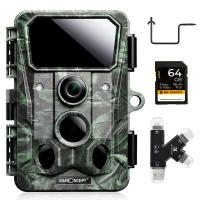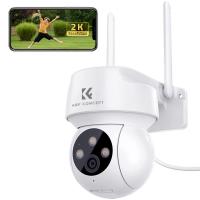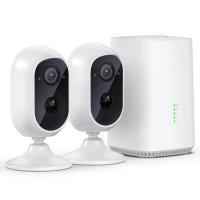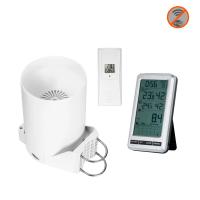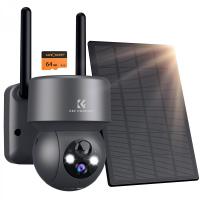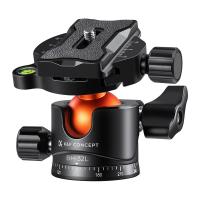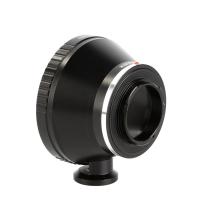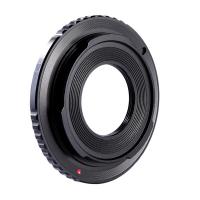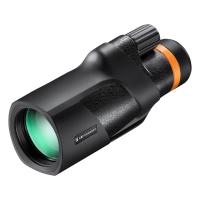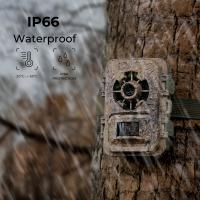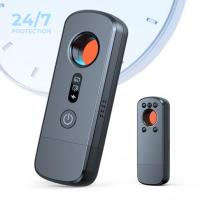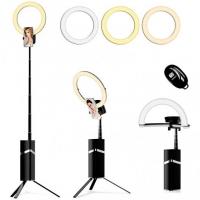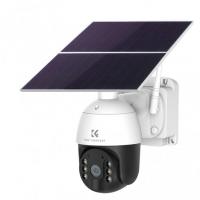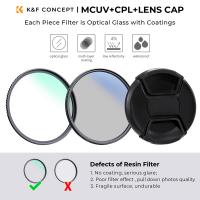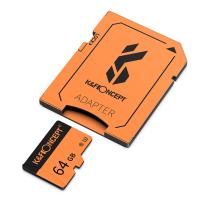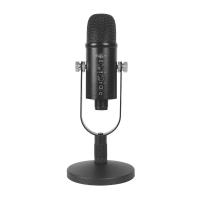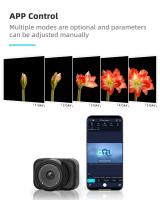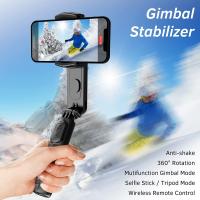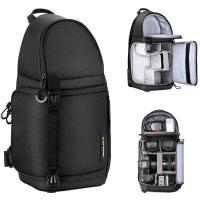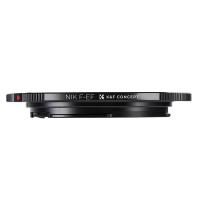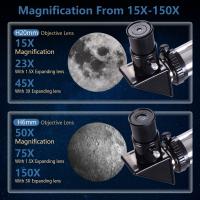What Do Indoor Security Cameras Look Like?
Indoor security cameras have become an essential part of modern home security systems, providing homeowners with peace of mind and a sense of control over their living spaces. These devices come in various shapes, sizes, and designs, each tailored to meet specific needs and preferences. In this article, we will explore the different types of indoor security cameras, their features, and how to choose the right one for your home.
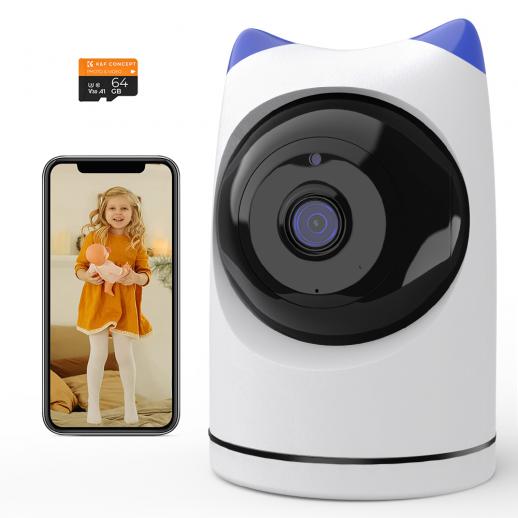
Types of Indoor Security Cameras
1. Dome Cameras
Dome cameras are named for their dome-shaped housing. They are typically mounted on ceilings and offer a wide field of view. The design makes it difficult for intruders to determine the direction the camera is facing, adding an extra layer of security. Dome cameras are often used in commercial settings but are also suitable for home use.
2. Bullet Cameras
Bullet cameras are cylindrical and are usually mounted on walls or ceilings. They are designed to capture images in a specific direction, making them ideal for monitoring entry points like doors and windows. Bullet cameras are often more noticeable than dome cameras, which can act as a deterrent to potential intruders.
3. Pan-Tilt-Zoom (PTZ) Cameras
PTZ cameras offer the ability to pan, tilt, and zoom, providing comprehensive coverage of a room. These cameras can be controlled remotely, allowing users to adjust the camera's view as needed. PTZ cameras are ideal for large rooms or areas that require constant monitoring.
4. Hidden Cameras
Hidden cameras are designed to blend into their surroundings, making them less noticeable. They can be disguised as everyday objects like clocks, smoke detectors, or picture frames. Hidden cameras are useful for covert monitoring but may raise privacy concerns.
5. Wireless Cameras
Wireless cameras connect to your home network via Wi-Fi, eliminating the need for extensive wiring. They are easy to install and can be moved around as needed. Wireless cameras are popular for their convenience and flexibility.
6. Wired Cameras
Wired cameras are connected to a recording device or monitor via cables. While they may require more effort to install, they offer a more stable connection and are less susceptible to interference. Wired cameras are ideal for permanent installations.
Key Features to Consider
When choosing an indoor security camera, it's essential to consider the features that will best meet your needs. Here are some key features to look for:
1. Resolution
The resolution of a camera determines the clarity of the images it captures. Higher resolution cameras, such as those with 1080p or 4K capabilities, provide clearer and more detailed images. This can be crucial for identifying intruders or other important details.
2. Field of View
The field of view (FOV) refers to the area a camera can cover. Cameras with a wider FOV can monitor larger areas, reducing the number of cameras needed. However, a wider FOV may also result in some distortion at the edges of the image.
3. Night Vision
Night vision capabilities allow cameras to capture clear images in low-light or no-light conditions. This feature is essential for 24/7 monitoring, ensuring that your home is protected at all times.
4. Two-Way Audio
Two-way audio allows you to communicate with people in the camera's vicinity. This can be useful for greeting visitors, instructing delivery personnel, or deterring intruders.
5. Motion Detection
Motion detection features can trigger alerts or recordings when movement is detected. This helps conserve storage space and ensures that you are notified of any potential security breaches.
6. Storage Options
Indoor security cameras can store footage locally on a memory card or hard drive, or in the cloud. Cloud storage offers the advantage of remote access and backup, but may require a subscription fee.
7. Smart Home Integration
Many modern security cameras can integrate with smart home systems like Amazon Alexa, Google Assistant, or Apple HomeKit. This allows you to control your cameras using voice commands and integrate them with other smart devices in your home.
Choosing the Right Camera for Your Home
Selecting the right indoor security camera depends on your specific needs and preferences. Here are some factors to consider:
1. Location
Determine where you want to place the cameras. Entry points, common areas, and high-traffic zones are ideal locations. Consider the camera's field of view and whether it can cover the desired area.
2. Budget
Indoor security cameras come in a wide range of prices. Set a budget and look for cameras that offer the best features within your price range. Keep in mind that additional costs, such as cloud storage subscriptions, may apply.
3. Ease of Installation
Consider whether you prefer a wired or wireless camera. Wireless cameras are easier to install and can be moved around, while wired cameras offer a more stable connection.
4. Privacy Concerns
Be mindful of privacy concerns, especially if you opt for hidden cameras. Ensure that you are not violating any laws or regulations regarding surveillance in your area.
5. User Reviews
Read user reviews and ratings to get an idea of the camera's performance and reliability. Look for feedback on image quality, ease of use, and customer support.
Indoor security cameras are a valuable addition to any home security system, providing an extra layer of protection and peace of mind. With various types and features available, it's essential to choose a camera that meets your specific needs and preferences. By considering factors such as resolution, field of view, night vision, and smart home integration, you can find the perfect indoor security camera to keep your home safe and secure.


